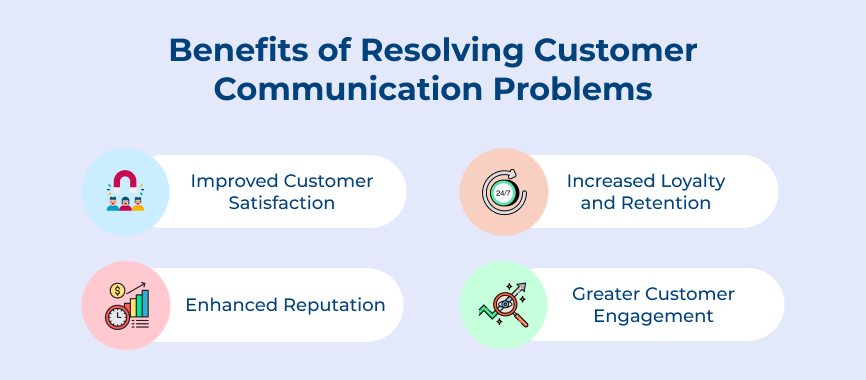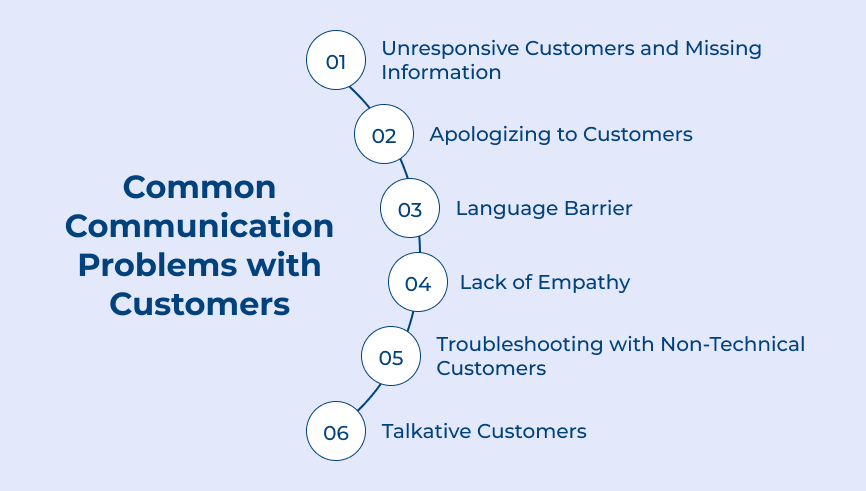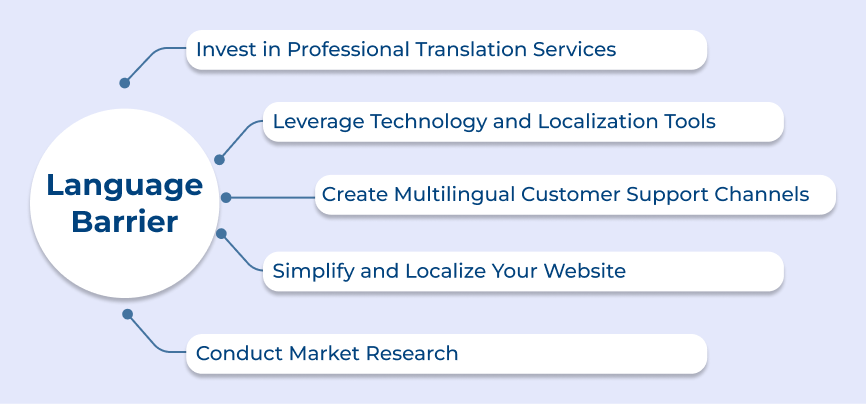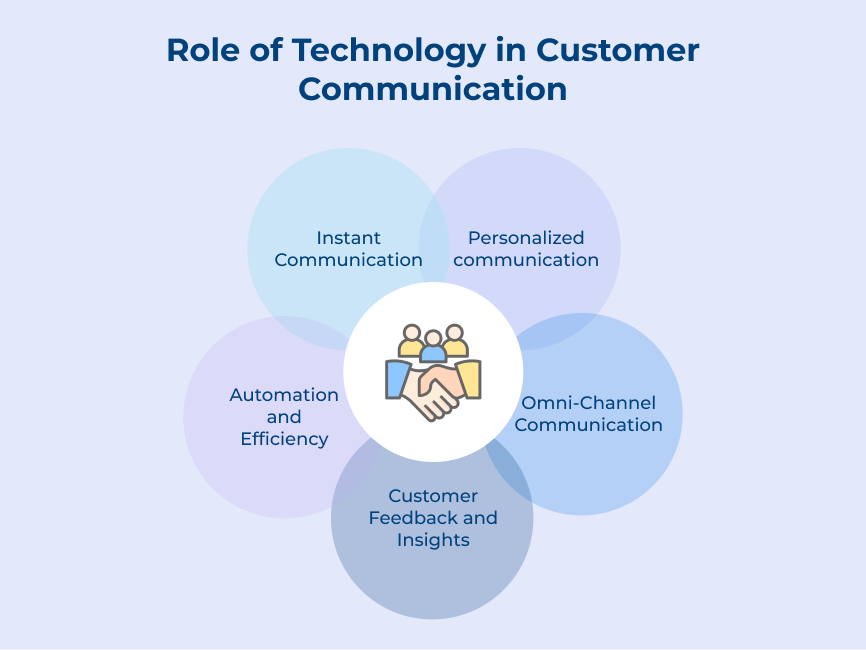1. Instant communication: Technology enables businesses to communicate with customers in real-time through email, chatbots, social media and messaging apps. The instant communication helps address customer queries and concerns promptly.
2. Personalized communication: Technology allows businesses to collect and analyze customer data. It enables them to personalize their communication with each customer. Sending targeted messages and offers based on customer preferences can build stronger relationships.
3. Omni-channel communication: Businesses can provide a seamless communication experience across multiple channels with the help of technology. Customers can interact with a company through a website, mobile app and social media. It helps them from repeating information or facing inconsistencies in communication.
4. Customer feedback and insights: Technology plays a vital role in collecting, analyzing and acting upon customer feedback. Businesses can gather insights into customer preferences through surveys, reviews and monitoring tools. The information can be used to improve offerings and communication strategies.
5. Automation and efficiency: Technology allows businesses to automate repetitive tasks. It can include sending out emails, scheduling appointments and managing inquiries. Utilizing CRM systems, marketing software and chatbots can streamline their communication.
Best Practices for Improving Customer Communication?
Explore the best practices for improving customer communication that will not only enhance customer satisfaction but also drive long-term growth for your business.
1. Use Multiple Communication Channels
Not all customers prefer to communicate in the same way. Some may prefer email, while others may prefer phone calls or social media messages. It is important to use multiple communication channels to reach a wider audience and ensure the messages reach customers in the way they prefer.
2. Be Responsive
Customers expect quick responses to their inquiries or concerns. Respond promptly to customer inquiries, even if no immediate answer is available. Acknowledge their message and let them know that the company is working on finding a solution.
3. Provide Clear and Concise Information
When communicating with customers, it’s important to provide clear and concise information. Avoid using jargon or complicated terms that may confuse customers. Make sure to explain things in a simple and easy-to-understand manner.
4. Ask for Feedback
Customer feedback is a valuable tool for improving communication efforts. Ask customers for feedback on how the company can better serve their needs. Use the feedback to make necessary adjustments and enhancements.
5. Follow-Up
After resolving a customer issue or completing a transaction, it’s important to follow up with customers to ensure their satisfaction. It can be as simple as sending a thank you message or a quick follow-up email to check if everything is alright. It shows customers that the company cares about their experience and values their business.
Solve Customer Communication Problems with Ease
Solving customer communication problems can be achieved with ease by implementing the right strategies and tools. Listening to customers, providing clear information and utilizing communication channels can improve customer satisfaction.
Investing in tools such as CRM systems, chatbots and social media monitoring platforms can streamline communication processes. It also ensures a seamless experience for customers. Prioritizing effective communication can build strong relationships with customers.















